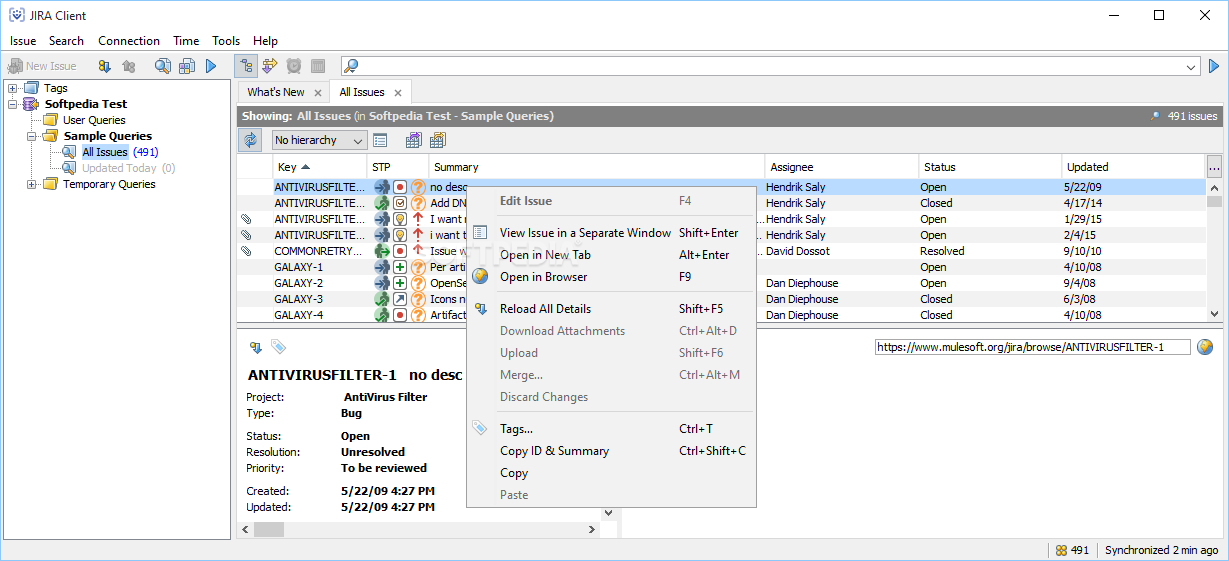
I did this by using the Web connector in the menu Home > Get Data section of Power BI. I dont understand why some cards arent displaying statuses, and why most issues seem to be in Other Issues. I was referring to the blank areas in the top rows. The next step was to get the Jira API data into power BI. What blank rows are you referring to - If you are to the test issues in the Other Issues then those are also cards/issue but without subtasks.


The next task was to look a what data was available from the API’s. This helps the team to see how theyre tracking against the sprint goal. I roped a few colleagues to the same to get representative sample data for a team project. A sprint shows up in a board after an issue has been moved to it from another board. I recorded time against the tasks and closed tasks as you would in an agile project. This included setting up an epic, three sprints and creating tasks (issues) within the sprints. I set up a project in Jira that would reflect a standard agile project. You will need to pick one to run the sprint out of though. As far as the board being assigned to a project, it will link to each project represented in the shared board. You can then segment the projects by swimlane or quick filter.
JIRA CLIENT SPRINT BOARDS HOW TO

Understanding what data is available from Jira REST API’s.The API allows data to be returned from Jira in response to a request detailing what information we would like in a JSON format. To access this data dynamically I chose to use the Jira REST Application Programme Interface (API) ( ). After having an opportunity to use Power BI at a client site, I thought it would be interesting to have a go at trying to create a Power BI report using Jira data.


 0 kommentar(er)
0 kommentar(er)
